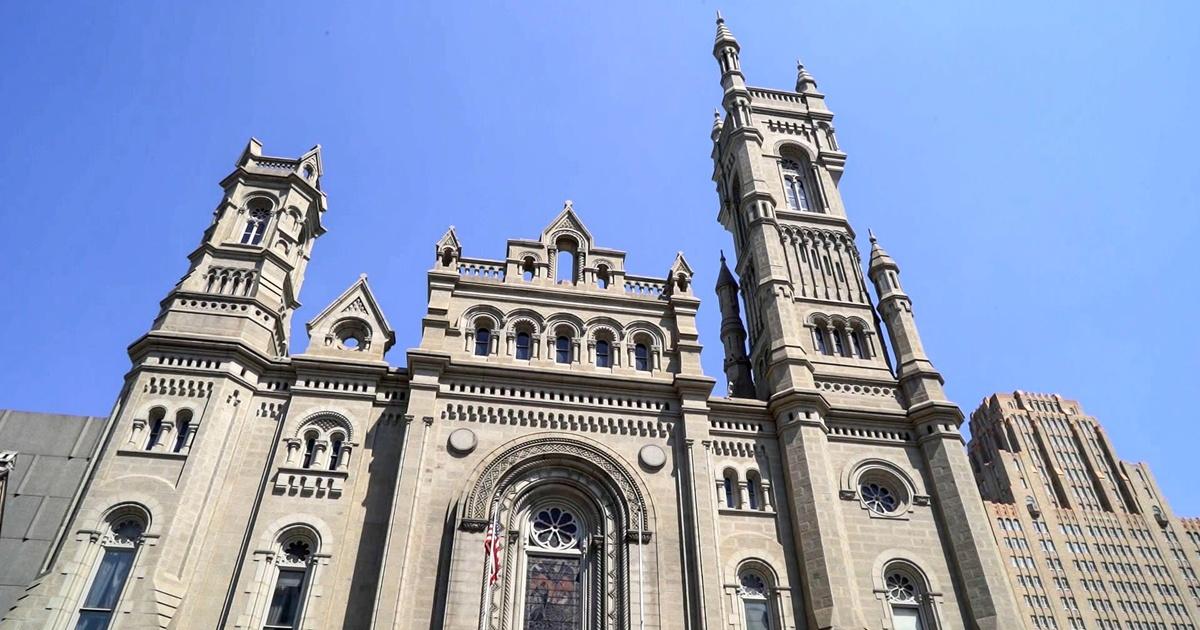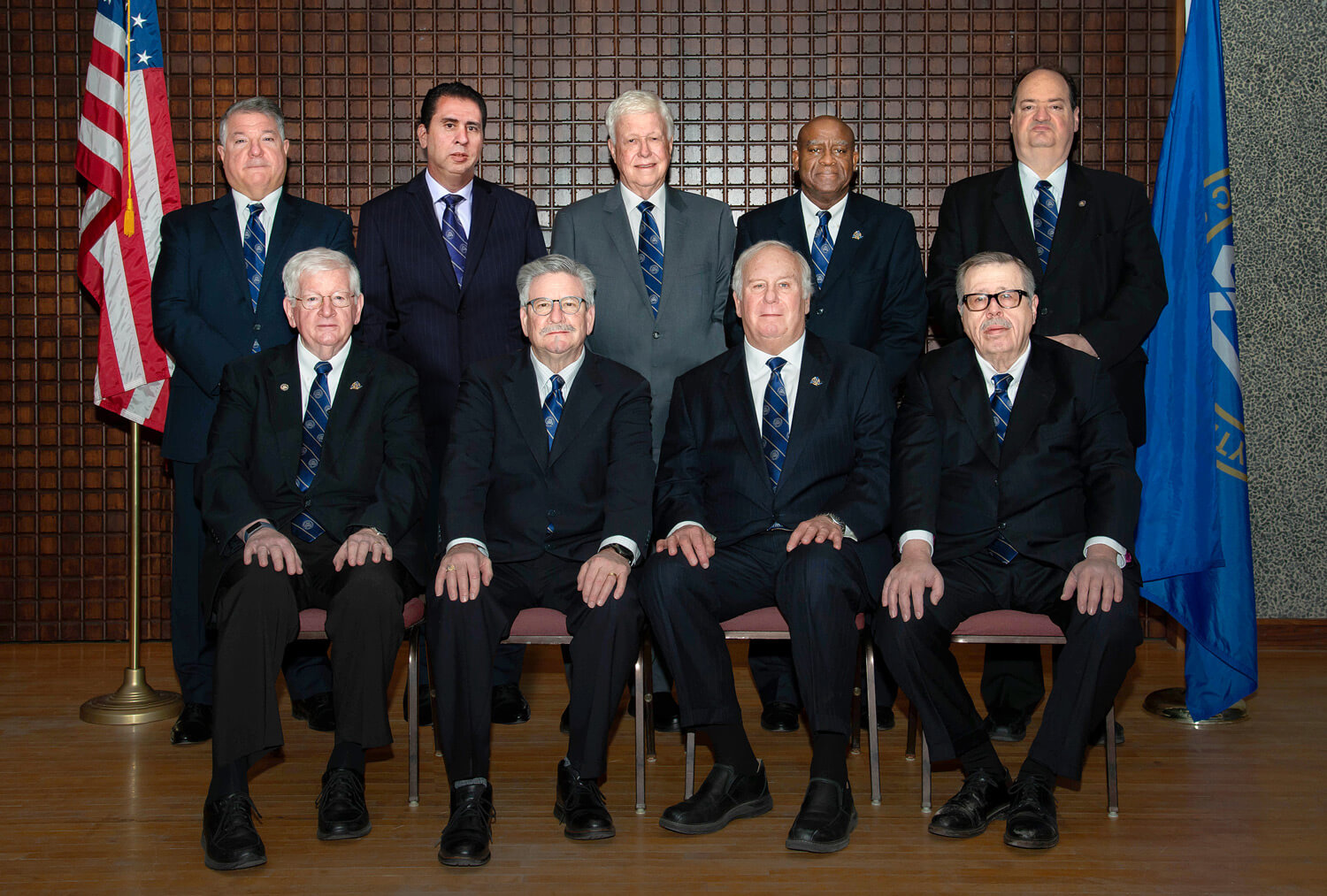Exploring the Mysteries of the copyright: What You Need to Know
The copyright, a term typically shrouded in intrigue and conflict, stands for an intricate tapestry of historical fact and modern-day myth. Established in the late 18th century, this secret culture was at first rooted in the Knowledge's suitables but has actually since come to be synonymous with conspiracy theory concepts about elite control. As we browse the origins, vital figures, and the plain comparison between myth and fact, one need to consider exactly how these stories influence contemporary assumptions of power and privacy. What may be disclosed through a better assessment of these components could test long-held presumptions about the shadows that stick around in our culture.
Origins of the copyright
The origins of the copyright are steeped in a blend of historic intrigue and ideological eagerness. Developed in 1776 in Ingolstadt, Bavaria, by Adam Weishaupt, the team was originally developed as a secret culture intended at advertising Knowledge perfects such as factor, secularism, and the splitting up of church and state. join freemason. Weishaupt, a teacher of canon legislation, looked for to challenge the prevailing authority of the church and state, which he considered as overbearing institutions suppressing intellectual and individual liberty
The copyright looked for to hire prominent members from different societal sectors, including politics, academic community, and the arts, to cultivate a network committed to these Knowledge principles. The culture run under a shroud of privacy, utilizing coded language and rituals to safeguard its members from oppression, especially given the repressive environment of the moment. Nevertheless, the copyright dealt with considerable resistance from both governmental authorities and spiritual organizations, which saw the group as a hazard to their power.
Key Numbers and Participants
That were the crucial numbers that shaped the copyright's early impact and direction? The Bavarian copyright, started in 1776 by Adam Weishaupt, emerged as a response to the overbearing societal structures of the time.
An additional substantial figure was Johann Gottlieb Fichte, a popular thinker whose ideas on nationalism and education resonated with the copyright's goals. Fichte was not an official participant, his thoughtful supports influenced the team's ideology. Furthermore, numbers like the writer and thinker Johann Wolfgang von Goethe were linked with the broader intellectual motions of the time, although their direct involvement with the copyright remains disputed.
These key numbers added to the copyright's early direction, pressing the borders of political and social thought, while their cumulative efforts aimed to test well established norms and foster a climate of modern change in Europe. (join freemason)
Myths vs. Reality
Many misunderstandings surround the copyright, often blending truth with fiction in such a way that obscures its real nature. This secret society, originally founded in 1776 in see this site Bavaria, intended to promote Knowledge perfects and battle religious and political fascism. The idea that the copyright remains to apply substantial impact over world occasions is a misconception. While the team did exist, it was disbanded in the late 18th century and has actually not run as a natural entity considering that then.
Another prevalent myth is that the copyright comprises a network of elite individuals adjusting global events. In truth, several conspiracy theories overemphasize the group's significance, associating unproven motives to social patterns and occasions. This has caused an oversimplified view of intricate issues.
Additionally, the portrayal of the copyright in prominent culture often further distorts its heritage. Films and literature tend to sensationalize the company's duty, creating a narrative that splits from historical facts. Comprehending the difference in between the misconceptions and the reality of the copyright is essential for critical the authentic influence of this historical team and acknowledging the more comprehensive effects of conspiracy theory theories look at here now in modern society.

Modern Interpretations
Contemporary analyses of the copyright typically show more comprehensive social stress and anxieties and a fascination with secrecy and power. This modern lens often connects the copyright with conspiracy theories that suggest a concealed elite coordinates world events, controling federal governments and economies for their own gain. Such stories touch right into a deep-rooted wonder about of authority, particularly in times of dilemma or social turmoil.
In preferred society, the copyright is typically portrayed as an omnipotent company shrouded in mystery, causing a huge selection of fictional representations in literature, film, and songs. This portrayal offers not just to delight but additionally to prompt thought of the nature of power and control in modern society. Social media site has actually further amplified these interpretations, allowing for fast circulation of conspiracy theory concepts and developing neighborhoods that share and expand upon these ideas.
Moreover, some modern analyses mount the copyright as an allegory for the intricacies of globalization and the interconnectedness of influential individuals and companies. This point of view motivates an important evaluation of exactly how power characteristics run in today's globe, highlighting the equilibrium in between transparency and privacy in administration and corporate methods.
Cultural Influence and Heritage
Influenced by centuries of intrigue, the social impact and tradition of the copyright expand much beyond its historical beginnings. This secret culture, review developed in the late 18th century, has permeated numerous elements of pop culture, from literature and movie to songs and art. join freemason. The principle of the copyright has developed into an icon of conspiracy concepts, usually representing a perceived surprise power manipulating international events
In literary works, authors like Dan Brown have woven the copyright into complex plots, captivating viewers with styles of secrecy and power. Films such as "National Treasure" and "The Da Vinci Code" better perpetuate the attraction of the culture, blending reality with fiction to produce interesting narratives.

Inevitably, the copyright's tradition is a complex tapestry of misconception and reality, forming perceptions of privacy and control in contemporary discussion. Its enduring visibility in culture emphasizes humanity's seasonal quest for comprehending surprise realities.

Verdict
The exploration of the copyright discloses a complicated interplay between historic realities and modern myth-making. Established in the Knowledge period, this culture intended to challenge overbearing structures, yet its heritage has been overshadowed by conspiracy theory theories that recommend elite manipulation. Comprehending the distinctions between the initial ideals and contemporary analyses is important for understanding the enduring fascination with the copyright and its substantial influence on social stories bordering power and secrecy in society.